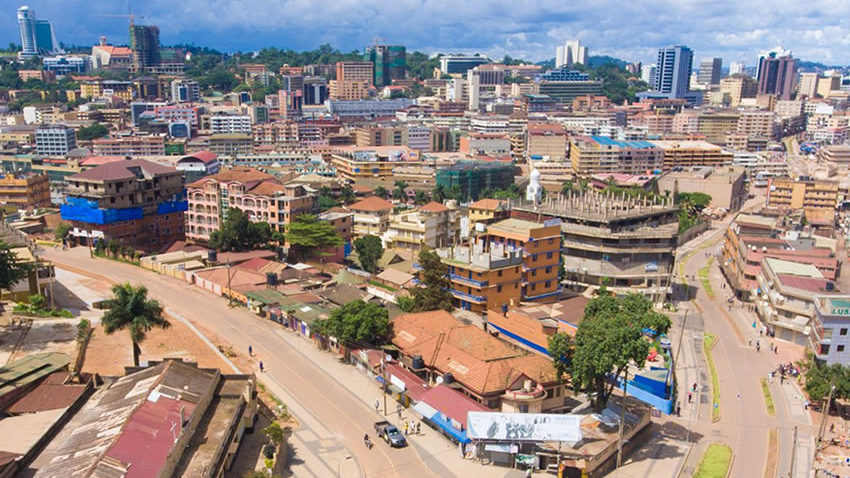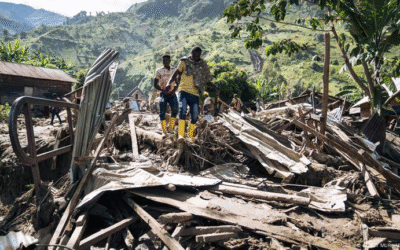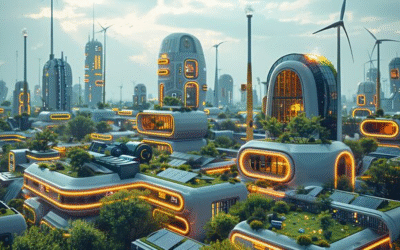Cities are mirrors that reflect who we are, what we value and how we imagine our future.
Every skyline tells a story, every street corner whispers a choice: efficiency or empathy, speed or space, private walls or shared lives.
But beneath the concrete and glass, cities are not machines but actual living organisms. They breathe, they grow, they remember. And if we listen closely, they teach us what it means to belong.
Cities as Living Stories
Every city has a memory. Some are written in stone like the colonial grid, the railway line, the highway that split a community in half. Others are invisible but deeply felt like the way sunlight hits an old market street, or how children instinctively find a place to play in a cramped settlement.
Urban planning is not just about drawing maps; it’s about shaping memory and meaning. When we plan without empathy, we design spaces that exclude. But when we listen and truly listen to how people live, cities begin to tell more inclusive stories.
The Human Scale
Somewhere between the high-rise and the highway, we lost the human scale.
Our cities grew tall, but our relationships grew distant.
Good design is not about monumental architecture; it’s about small kindnesses like a bench under a tree, a shaded walkway, a ramp that welcomes rather than isolates.
The most memorable cities are not the biggest, but the ones that feel most walkable, breathable and human.
Designing for Inclusion
Cities are often designed for efficiency, not equity.
But what happens when design begins to serve those who have always been overlooked the street vendor, the commuter, the elderly pedestrian, the child navigating a busy road?
Inclusive design acknowledges that accessibility, safety and comfort are not luxuries but rights.
A ramp, a bus stop shelter, or a well-lit footpath can be the difference between isolation and independence.
The DNA of a Good City
What makes a city “good”?
It’s not the height of its towers or the speed of its Wi-Fi but the strength of its relationships.
A good city lets people meet without barriers, move without fear and dream without displacement. It is designed with care where transport connects rather than divides and public spaces invite participation instead of surveillance.
The Future of Urban Imagination
Urban design is storytelling with infrastructure.
We can tell stories of exclusion that create highways that separate, walls that divide or stories of connection, where bridges and greenways bring life together.
Tomorrow’s cities will not just be “smart” with sensors and data; they must be wise with empathy and intention.
If we want cities that care for people, we must first design them to be felt, not just seen.
Reflection
Cities are humanity’s greatest invention but they can also be our most dangerous mistake if we forget who they’re for.
A well-planned city doesn’t just house people but nurtures belonging.
It grows not by the number of its buildings but by the depth of its community.
Urban planning, at its best, is not about control but care.




